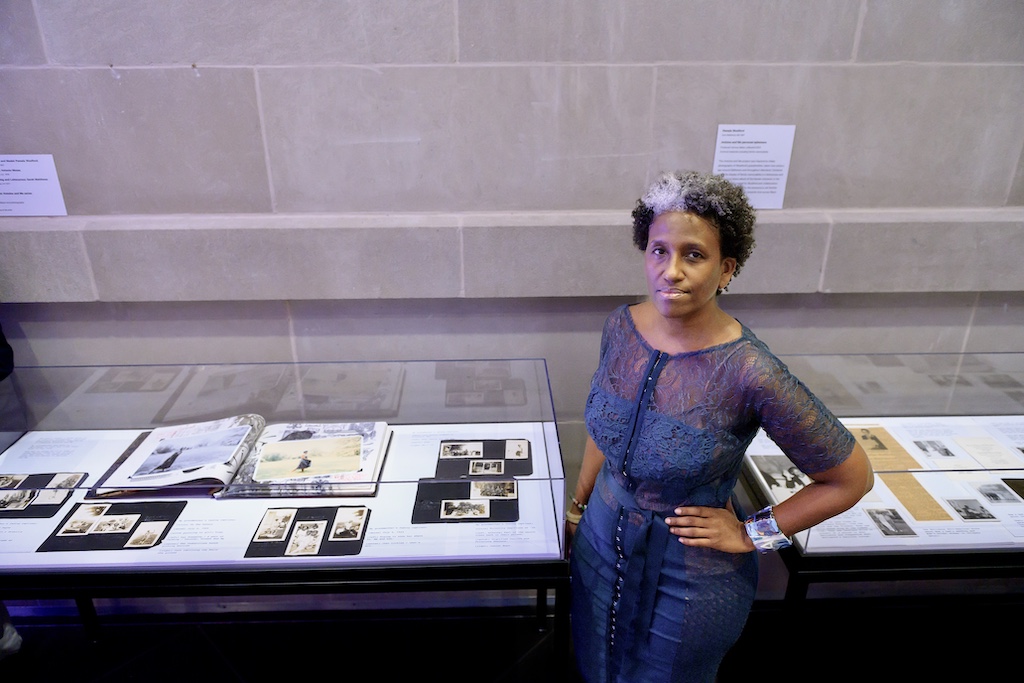In an art world where the best museums are collecting and exhibiting the same twenty or so internationally-known artists, it’s a treat to encounter a purposefully curated exhibit of artists you’ve never heard of before.
Unlike global mega-artists intent on expanding a personal brand, it’s rare and extremely valuable to experience the work of artists that speak directly to the goût de terroir of a specific place as a site of cultural production. Especially viewed as a thoughtfully curated group, this type of exhibit has the ability to radically expand one’s understanding of the complex history and present reality of a city, especially one with a fraught reputation like Baltimore. At the Baltimore Museum of Art and other regional museums, this kind of experience is thankfully becoming less rare and this is, at least anecdotally, cultivating excitement and foot traffic from a natural audience: the art community.
Baltimore, Addressed: Baker Artist Awards at the BMA presents works by five recent awardees “who respond to the past, present, and imagined future of the city.” According to the museum, “Laura Amussen (interdisciplinary, 2020); David Page (visual arts, 2019); Ernest Shaw Jr. (visual arts, 2022); Susan Waters-Eller (visual arts, 2020); and Pamela Woolford (interdisciplinary, 2022) have each created works that speak to their geographic or social experiences in Baltimore. Some delve into the city’s complex histories and challenges, while others celebrate the city’s rich natural and intellectual resources, painting the future leaders of this American metropolis.”



























